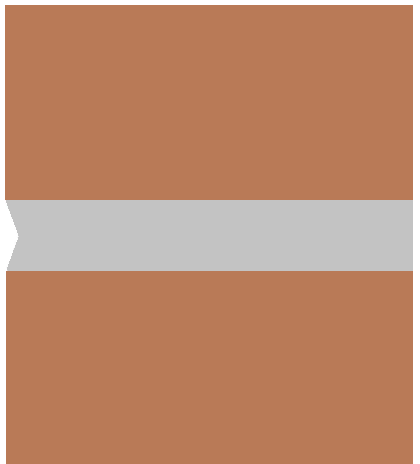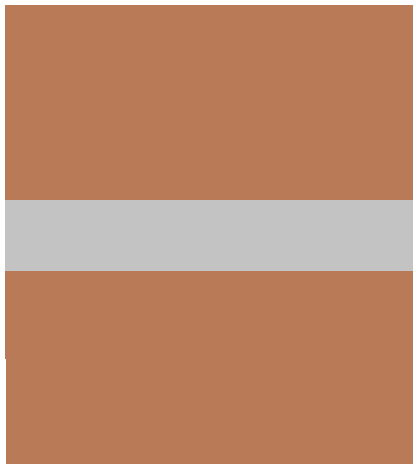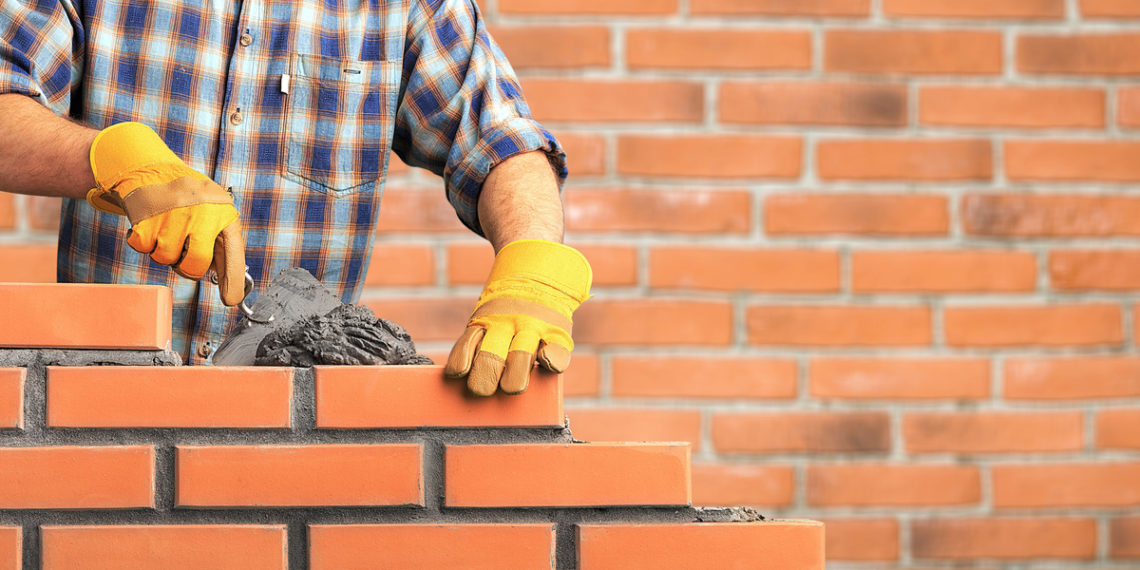When choosing the colour selection for your new house, you will get to choose the colour of the bricks and the mortar, as well as the style of mortar joints. If you have bought a turnkey package, these might come preselected as part of a recommended colour scheme.
What are Mortar Joints?
Believe it or not, there are multiple ways to put stick bricks together and they have different advantages and aesthetics. This guide will explain the difference between them all.
Types of Mortar Joints
The most typical types of mortar joints used in Australia are Ironed or Rounded. You will also come across Raked and Flush joints. Weather joints are less common here.
Ironed / Rounded Joint Mortar

This is very common in Australia and is designed to keep water and moisture out of the brickwork. This works well with most bricks and has no real drawbacks.
Raked Joint Mortar

The Raked mortar design is visually appealing and very neat looking. However, it is the least good at preventing moisture. The mortar itself will be in the shade, so will end up looking darker than you might expect. Raked mortar only looks good if the bricks have the same surface coating on all sides of it, not just the front or else you will see the inconsistency in the colour and it will look bad. This method is best used with a bevelled edged or tumbled bricks.
Flush Joint Mortar

Having your mortar flush with the bricks is reasonably weather resistant. You will need to be very careful ensuring that the mortar does not stain the front of the bricks or is not applied unevenly or it will look bad. You must use flat-edged bricks, not rounded or rustic bricks.
Weather Joint Mortar

This is another good way to keep the bricks dry. The slope helps the water slide off. This is not commonly seen in Australia, as the ironed joint is better as it protects the bottom of the brick above it.
When choosing the right mortar joint style and brick colour for your new home, it’s important to consider both functionality and aesthetics. As you look into the different types of mortar joints, such as Ironed, Rounded, Raked, and Flush, think about how they’ll influence the overall look of your home and its resilience to the elements.
The Ironed joint, for example, is commonly favored for its clean, sharp finish and its ability to protect the bricks from water infiltration. On the other hand, Rounded joints can provide a softer, more traditional look. Understanding these details is crucial, and having the right experts by your side can ensure that you make the best choices for your home.
For those seeking expert guidance in bricklaying, Gold Coast Pro Bricklayers offer a range of services that extend beyond just basic brickwork. Their expertise covers everything from simple blockwork and custom brick designs to more specialized tasks such as brick repairs, retaining walls, and even the construction of brick fences. If you need fences, contact Precision Fence Works for assistance. Increase your home’s privacy and security with Fence Panels.
With years of experience, they can help bring your vision to life with precision, whether you’re aiming for a traditional look with rounded joints or a modern, sleek appearance with flush or ironed joints. Their skill in handling both the structural and aesthetic aspects of bricklaying ensures that your project will not only look great but stand the test of time.


